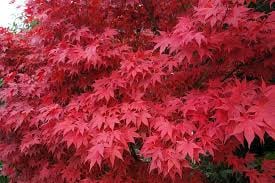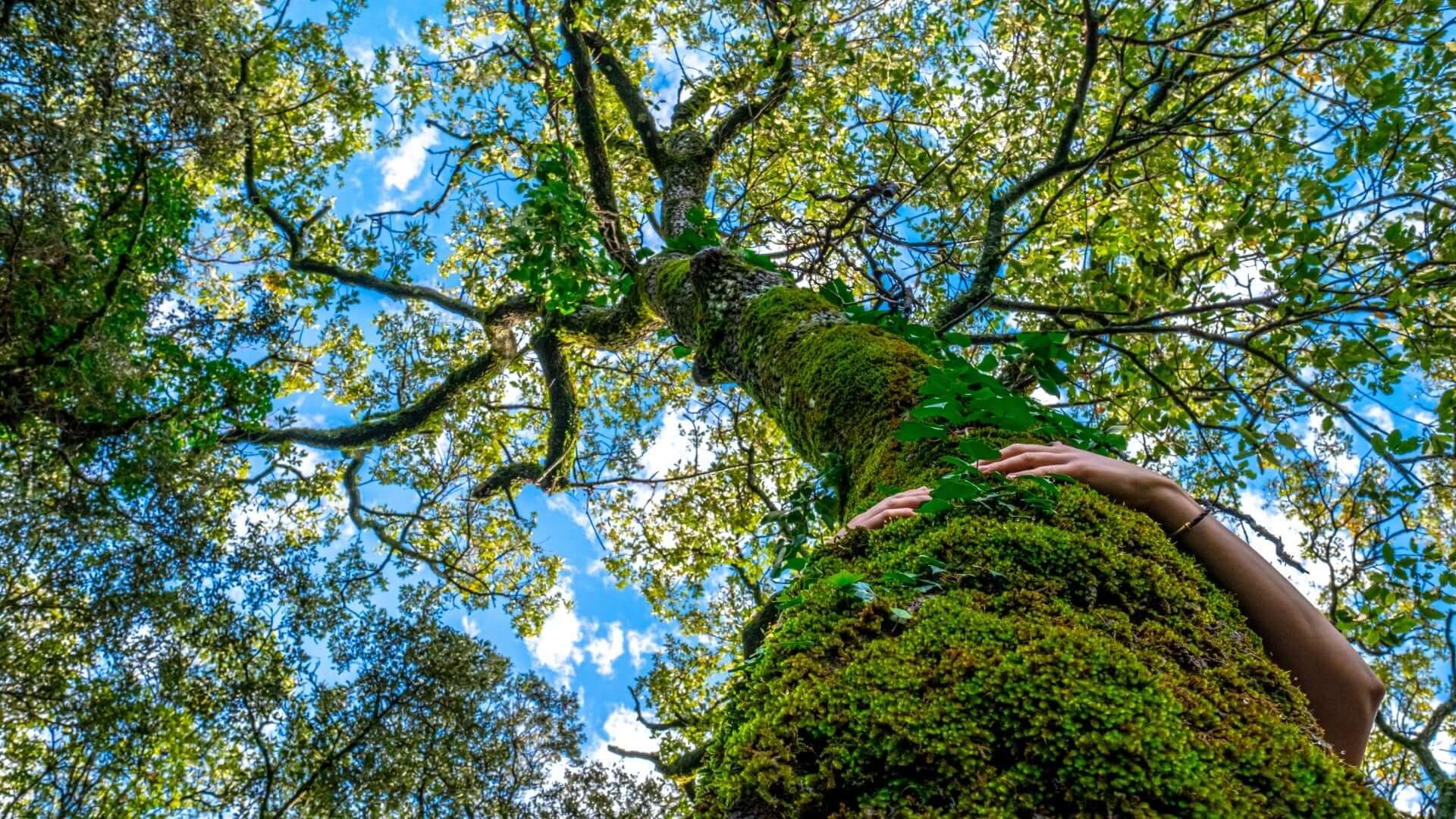How fast does Tree Moss spread?
With its delicate and soft texture, tree moss spreads at a gradual but steady pace. Unlike many fast-growing ground covers, tree moss thrives slowly, establishing itself over time, often dependent on the environmental conditions surrounding it. Moss prefers a cool, shaded area with plenty of moisture. In the right conditions, tree moss can spread and cover a good location within a few seasons, particularly if the area remains undisturbed. While it doesn't grow aggressively, its presence can be felt as it creeps across tree trunks, rocks, and shaded garden floors, weaving itself into the natural tapestry of your landscape. The key to faster growth is moisture. Like most plants, Moss has no root system, so it relies heavily on surface water absorption through its leaves. In consistently humid conditions, tree moss can spread more quickly, almost creating a velvet carpet effect, as it clings to available surfaces. The growth is not immediate, but patience rewards you with a verdant, lush addition to your garden.
What is Tree Moss used for?
Tree moss serves multiple purposes, both aesthetically and practically. One of its primary uses in the garden is as a ground cover in shady, moist areas where other plants struggle to thrive. Its ability to blanket the soil or cover tree trunks creates a serene, almost enchanted look, perfect for those who want to evoke a forest-like atmosphere in their garden. It offers a soft, rich green texture that contrasts beautifully with stone pathways, garden sculptures, or ferns, adding an ethereal quality to the landscape. Gardeners also appreciate tree moss for its ability to help maintain dampness in the dirt, preventing erosion and keeping the roots of surrounding plants cool.
Additionally, tree moss plays a significant role in ecosystems. It delivers protection and habitat for small insects, helping to promote biodiversity within the garden. In some traditions, tree moss has been harvested for crafts, floral arrangements, and even as natural insulation material, though its role in garden design is where it truly shines. Tree moss is invaluable for those seeking a low-maintenance yet striking garden feature.
What time of year should Tree Moss be planted?
Tree moss can be planted year-round, but the best times to establish it are in spring or fall cooler months. These seasons offer the ideal combination of moderate temperatures and sufficient rainfall, both crucial for encouraging the Moss to establish itself. Since Moss relies heavily on moisture to thrive, planting during wetter months allows it to latch onto its chosen surface-soil, rocks, or tree bark-without the stress of intense heat or dry spells. During spring, the moss benefits from the moist environment and the gradual warming of temperatures, which promotes growth without risking dehydration. Fall is another excellent time, especially when cooler temperatures return and moisture becomes more prevalent. Planting tree moss during these cooler seasons reduces the need for constant watering and allows it to spread at its own pace without battling harsh sunlight. That said, as long as moisture is consistently present, you can encourage tree moss to grow at any time of year. If you're planting in the summer, take extra care to keep the Moss well-watered to avoid drying out.
What is the life cycle of Tree Moss?
Tree moss has a fascinating life cycle that differs from typical flowering plants. As a non-vascular plant, it doesn't follow the same germination-flowering-seeding pattern that many are familiar with. Instead, its life cycle revolves around two stages: the gametophyte stage, the familiar green, leafy part of the Moss, and the sporophyte stage, where spores are produced for reproduction. The gametophyte stage is where the Moss spends most of its time. This green part absorbs water and nutrients directly from the atmosphere, and when conditions are correct-typically moist and relaxed-the Moss will enter its reproductive phase.

During the reproductive phase, the moss produces sporophytes, small, stalk-like structures with capsules at the top. Inside these capsules, spores are created. Once developed, these spores are released into the air. If they land in a suitable, damp, shaded environment, they can germinate into new moss plants. The cycle repeats, with the latest Moss eventually spreading and establishing itself in the same area or beyond.
Tree moss can live for years, thriving in the same spot if environmental conditions remain favorable. It doesn't follow most plants' traditional "life and death" cycle; instead, it perpetually renews itself through its ability to release spores and expand its coverage. This cycle allows it to persist in areas where other plant species might struggle, creating a permanent presence in well-suited environments.
Understanding the Moss's life cycle helps gardeners know when to expect natural expansions or slower growth periods. As long as moisture is present, tree moss will continue to thrive, offering beauty and natural charm year-round. It's a slow but steady grower, building its presence through time and patience and rewarding those who cultivate it with a sense of permanence and natural wonder.
Read more

Water willow is a fantastic aquatic plant for your garden if you seek a balance of functionality and beauty. Its adaptability to wet conditions, modest size, and ecological benefits make it a star ...

The process of growing berries at home educates and brings happiness. Your berry garden will become beautiful and productive when you combine careful planning and maintenance with native plants.



